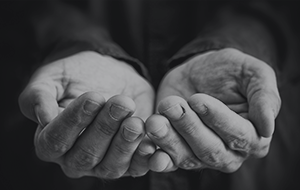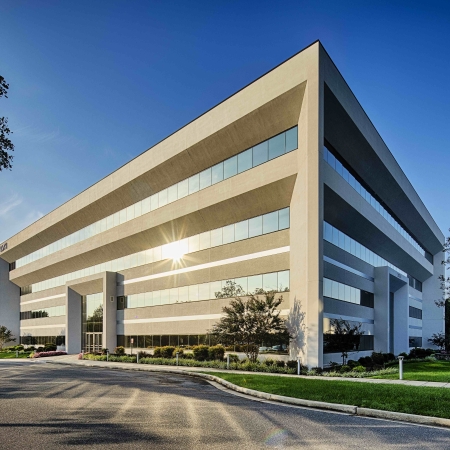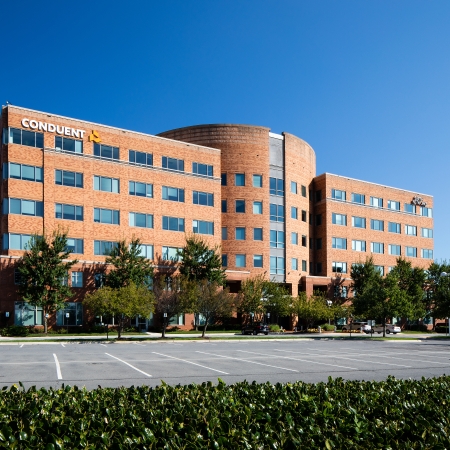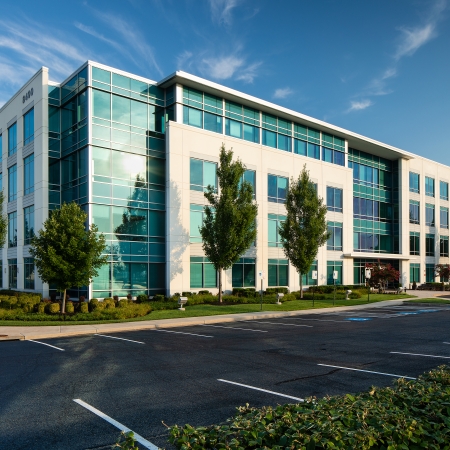Sustainability
Matan Companies knows that our business, decisions and actions have an impact on the health and wellbeing of our planet and our people. That is why we have made a commitment to sustainability on all levels. Our smart developments and efficient operations help to reduce waste, conserve water, promote energy efficiency and operate healthy buildings. Our commitment to philanthropy, volunteerism and charitable giving helps to support our community, providing our employees and tenants with an avenue to give back. While our thoughtful wellness programs and activities promote physical, mental and emotional health, creating a more productive, happier life for the assets we care most about – our people.
Recycling & Waste Stream Summary
We have saved:
-
Paper
55.8 -
Plastic
5.6 -
Aluminium
5.6 -
Glass
19.5 -
Cardboard
167.2
These recycling efforts conserved the following resources:
-
3343 mature trees
Enough to produce 41,426,054 sheets of newspaper.
-
916 cubic years of landfill space
Enough airspace to meet the disposal needs of 1,176 people.
-
404,179 kW-hrs of electricity
Enough to power 38 homes for a full year.
-
904 metric tons of CO2 equivalent
Preventing greenhouse gas emmissions.
-
1,560,304 gallons of water
Enough to meet the fresh water needs of 20,803 people for a year.
Green Initiatives
For design & construction of matan assets
-
Land
- Full control of Sediments and Silts during Construction
- Treating Rainwater Runoff Through ESD Gardens and Pervious Pavers
- Reduced Heat Island Effect Through Street / Parking Lot Tree Plantings
- Preserve and enhance existing natural areas
- Transit Oriented Development
- Treating Rainwater Runoff Through ESD Gardens
-
Structure
- Will implement strategies to mitigate the heat island effect, including using reflectance roofing materials by using a combination of strategies such as “cool roof” surfaces, insulation, and radiant barriers. A “cool roof” utilizes high solar reflectance and high emissivity to reflect radiation and reduce heat absorption on the roof surface.
- Reduced Heat Island Effect Through Utilization of White TPO Roofing
- Low E Glass Windows
- Use of Large Window Openings for Allowing Daylight into the Space
- Low Flow Plumbing Fixtures
- Factory Fabricated Structural Steel
- Use of Locally Sourced Construction Materials Where Possible
- Indoor Air Quality plan implemented and followed for construction
- Structure will be able to be recycled at the End of its Useful Life
-
Operations
- Environmental Tobacco Smoke Control Compliant Campus
- Storage and Collection of Recyclable Materials
- Level 2 EV Charging Stations tied to solar
- Installation of Solar Panels to provide supplemental power to base building systems.
- Energy Metering
- Use of Low VOC Materials
- Use of Materials with Recycled Content




